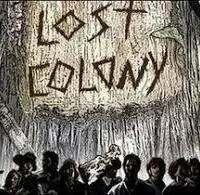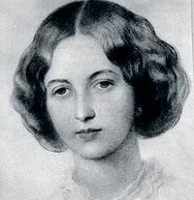Greetings, fellow folklore enthusiasts! Today, we’re going to delve into the fascinating world of the Green Man in British folklore. So sit back, relax, and get ready to learn about one of the most mysterious and enigmatic figures in British mythology.
So, who exactly is the Green Man, you ask? Well, he’s a bit of a mystery, to be honest. The Green Man is typically depicted as a man’s face made up of leaves and branches, and is often found adorning the walls of churches and other ancient buildings throughout the British Isles. Some say he’s a pagan fertility god, others say he’s a symbol of rebirth and regeneration. But really, nobody knows for sure where the Green Man came from or what he represents.
Some say the Green Man is a holdover from pre-Christian pagan beliefs, while others believe he’s a Christian symbol representing the resurrection of Jesus. Still, others speculate that the Green Man is simply a representation of the natural world and its connection to humanity. Regardless of his origins, one thing is for sure – the Green Man is a fascinating figure in British folklore.
There are many theories about the origins of the Green Man, but one of the most popular is that he represents the cycle of life and death. The leaves and branches that make up his face are thought to symbolize the changing of the seasons, and the constant renewal of nature. Others say that the Green Man is a symbol of the Wild Hunt, a mythological event in which a group of supernatural hunters ride through the night, capturing the souls of the unwary.
Despite the fact that the Green Man’s origins are shrouded in mystery, his image can be found throughout the British Isles. From the intricate carvings on the walls of medieval churches to the modern-day interpretations of street artists, the Green Man continues to captivate and inspire us.
So, there you have it, folks – a brief (and hopefully informative) overview of the Green Man in British folklore. Whether you see him as a pagan god, a Christian symbol, or simply a representation of the natural world, there’s no denying the Green Man’s enduring popularity and intrigue.
Read on for more…

























